Pricing for ecommerce is a tricky beast. You need to account for competition with other sellers, but you don’t want to de-value your products in a race-to-the-bottom. Purely competitive pricing can lead to disappointing results: you might not sell enough to compensate for offering the lowest prices.
A profitable pricing strategy involves considering not only your competitions’ prices, but also your customers’ motivations. Sellers use their understanding of potential buyers’ decision-making processes to create pricing that encourages purchases.
Different types of companies have been experimenting with psychological pricing for years, but it’s important to understand how it applies in ecommerce where competition among online sellers is rampant. When sellers set prices in a way that motivates buyers to purchase, without devaluing their products, they are able to win more sales than competitors.
To help sellers gain this competitive edge, we’ll take a look at the most effective psychological pricing principles and tactics, organized by four categories:
- branding
- user wants
- social proof
- numbers.
Sellers who employ these psychological pricing strategies can maintain their brand’s reputation and target their ideal buyers without engaging in race-to-the-bottom pricing.
Pricing around your brand
The amount a customer is willing to pay boils down to their perception of your brand. If you want to charge higher prices than your competitors, you have to clearly convey why your product is more useful and valuable to buyers through your unique value proposition.
A unique value proposition indicates how a product is different from its competitors and why it’s the best choice for solving a buyer’s problem. This promise of what a product offers signals to buyers how much they should pay for their product.
To make sales at their desired price point, sellers should focus on messaging that conveys why their product is high-quality and worth more than their competitors’. When sellers instill positive perceptions of their brand, they gain their customers’ trust and are able to charge profitable prices to buyers who are willing to pay for the promised value.
Tactical tips for stronger branding and more profitable pricing
To get started, here are a few tips for aligning your pricing with your brand.
- Define your unique value proposition. If you haven’t already, you need to identify what sets your brand apart from competitors so that buyers feel justified in paying your set price. Apple’s branding, for example, positions the iPhone as a one-of-a-kind product, so consumers feel comfortable paying premium prices for it.
[Source]
People are more willing to pay for unique value that they can’t get anywhere else, so sellers need to clearly show what their brand offers through their messaging. Sellers who are unsure of whether they’re effectively communicating their value proposition should send a survey to buyers and gauge how customers perceive their brand.
- Price to reflect your product’s quality. Studies have shown that consumers infer quality from price. When buyers encounter high prices, they often assume that the product must be a premium item without any other information. In the example below, one of Tumi’s best selling suitcases is also one of their most expensive ones. Why? Because their buyers assume that it’s one of their highest-quality products.
Sellers should aim to offer pricing that reflects the level of quality they’ve promised and be wary of devaluing their product by offering the lowest price.
Pricing around your buyers’ wants
When customers shop online, they have an idea of how much they want to pay and how badly they need certain products. Sellers have to price according to these desires to ensure that customers will complete their purchases.
Sellers who don’t pay attention to what their customers care about won’t have a sense of their buyers’ willingness to pay. Without this knowledge, you can’t ensure that your buyers will find your price acceptable and purchase your product. You also won’t know how to tap into consumers’ concerns on your pricing page and push them to make their purchases.
Tactical tips for understanding what customers want to pay
Your understanding of what your buyers want should inform not only your price amount, but also how you present the price with text. Here are a few strategies to get started:
- Develop and consistently update your buyer personas. Create profiles for your customer types that identify their buying concerns, what motivates them to buy your product, their income, and other insights that will help you understand their willingness to pay. With this knowledge, you’ll feel secure in what you are charging for your product and more confident that you will make sales.
[Source]
For more guidance on collecting persona info, check out our guide to creating buyer profiles here.
- Invoke urgency on the pricing page to encourage purchases. Feelings of FOMO can prompt consumers to buy products more if the items seem scarce. Look for opportunities to highlight urgency on your pricing page to encourage buyers to make a purchase. For example, you might include the number of items left in stock right next to your price. Another urgency tactic that eBay uses is to show the number of people watching the product by the price.
Because buyers care so much about not missing out, creating a sense of urgency on your pricing page will convince consumers to make a purchase.
Pricing around social proof
Online shopping requires a leap of faith since you can’t interact with your merchant. With less reason to trust online companies, buyers look to the experiences of others before making a purchase. Considering the opinions of other buyers, consumers decide whether they’ll pay a seller’s price through the phenomenon of social proof.
Social proof is the psychological tendency of assuming that others’ actions reflect correct behavior. The phenomenon can cause a dramatic boost in sales when consumers see evidence of product satisfaction, such as positive product reviews.
While the price of a product itself can’t tap into social proof, there are plenty of opportunities on the pricing page to show how consumers positively perceive your brand and encourage purchases.
Tactical tips for justifying your price with social proof
Here are a few ideas of what to include near your price to tap into social proof:
- Indicate whether many people have bought your product. If you have a best-selling product, highlight how popular it is near its price. Consumers who see that many people have bought the item will feel more validated in paying the price you’ve set. B&H uses this tactic in the example below by placing a “top seller” badge close to the price.
With this proximity, consumers are positioned to positively evaluate the price after seeing that so many people have bought the product.
- Place customer ratings and reviews close to pricing. Consumers are more encouraged to buy an item when they see that the product has high ratings. Most product pages take this motivation into account by placing the item’s rating right next to its prices. Sellers who want to encourage buyers even further to make a purchase should also consider placing the reviews close to the price as well, like in the example below.
[Source]
By seeing others positively receive your product, consumers have more context to understand a price and feel more comfortable making the purchase.
Pricing around numbers
Consumers don’t consider pricing on purely practical terms. The arrangement of numbers in a price, regardless of the amount, has a huge impact on buyers’ willingness to pay due to some basic human psychology about how we judge things quantitively.
The framing of prices — how many digits they contain, which numbers they end on — will often make amounts seem more or less expensive to buyers. Prices that seem more expensive are less appealing to consumers, thrifty or not, because humans are naturally loss-averse. If two prices are almost equal in amounts but one is framed to seem much greater, consumers are geared to choose the one that seems cheaper.
Considering buyers’ loss-averse nature, sellers want to make sure they are framing their prices to seem as painless as possible.
Tactical tips for painless pricing
Here are a few tips for framing your price to seem less costly:
- Take advantage of the “left-digit” effect. In a 2005 study, researchers found that a price ending in nine is perceived to be much cheaper than a price one cent higher ending in zero. This effect, however, only works if the left digit of the price decreases. Western countries read from left to right, so their perception of the price is affected by the left number seen first. $4.69 won’t seem cheaper than $4.60, but $29.99 will seem cheaper than $30.00, like in the example below.
Using the left-digit effect, sellers should opt to end their prices with a nine so that buyers perceive the price to be a good deal and feel encouraged to purchase their product.
- Use fewer syllables in your price. Researchers found in a study that prices with more syllables seem much higher than those with fewer. For instance, $42.77 in the example below is going to seem much more expensive to buyers than $42 would.
With long prices, consumers perceive a product to be too costly and, avoiding loss, won’t buy it. Instead, sellers should aim to keep their pricing simple with as few syllables as possible to encourage purchases.
Consider your buyers, not just your competitors
Sustainable, successful pricing involves taking more than your competitors’ rates into account — you also have to consider what drives your buyers to make a purchase. Psychological pricing allows sellers to stay ahead of competitors without needing to resort to low, unprofitable prices.
When you price your products in a way that you know will be attractive to your customers, you’ll encourage purchases while strengthening your brand, your understanding of your customers, and your product positioning.
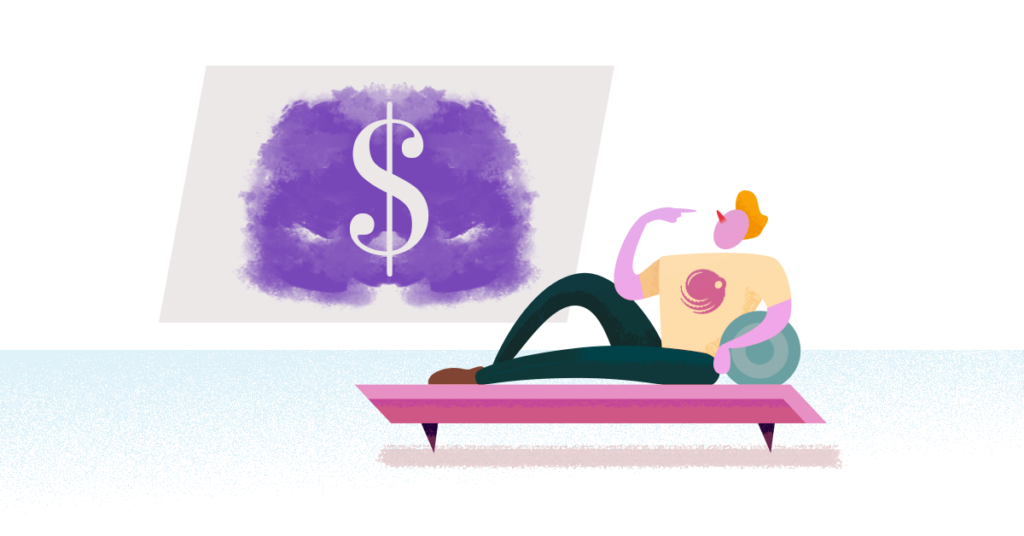

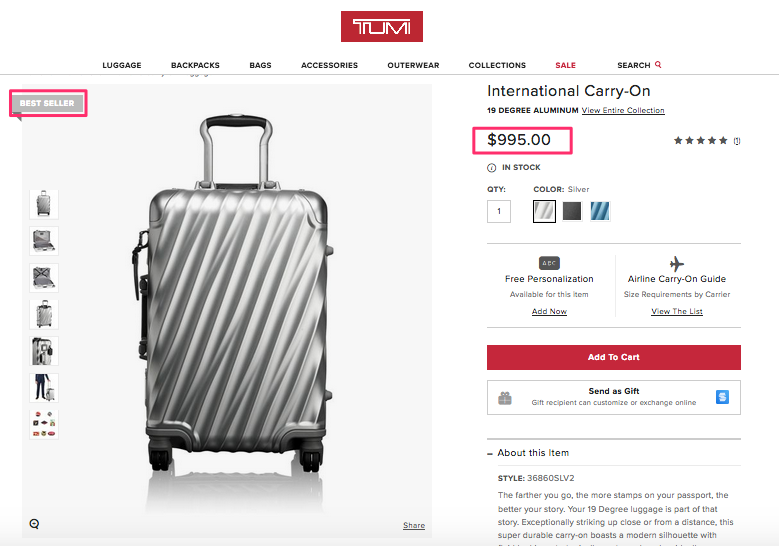

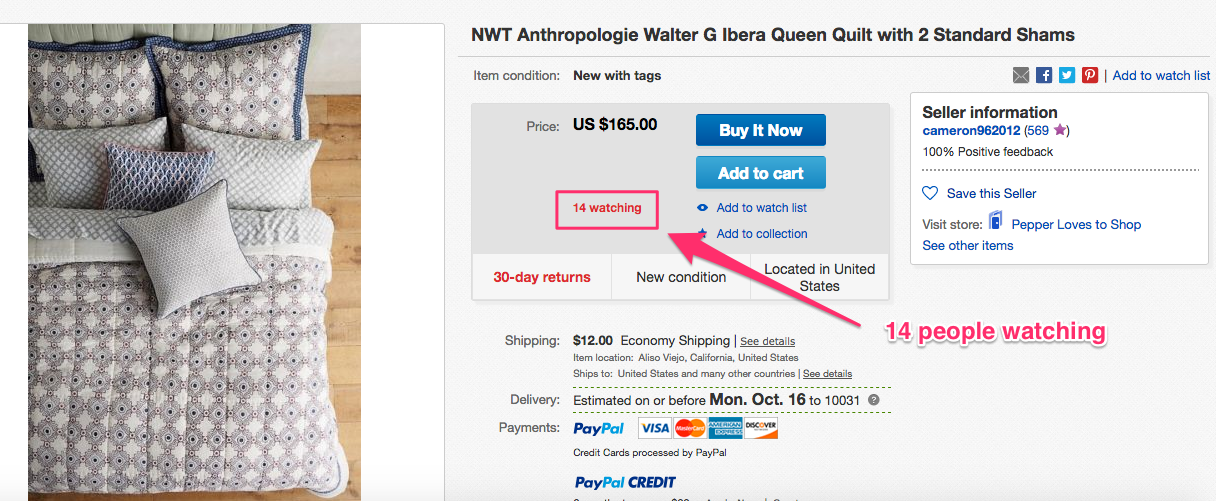

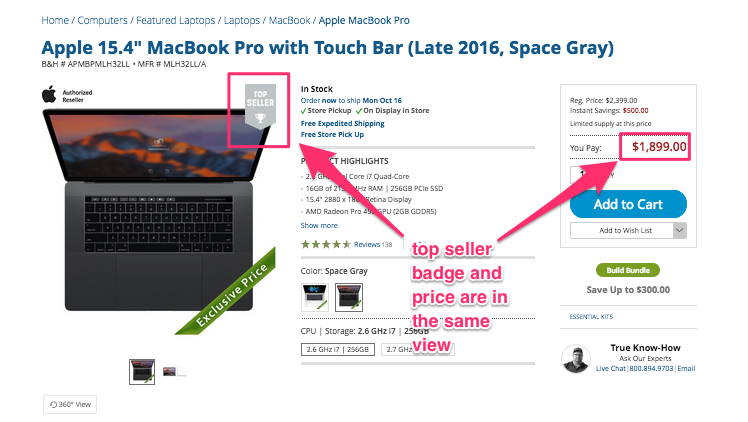
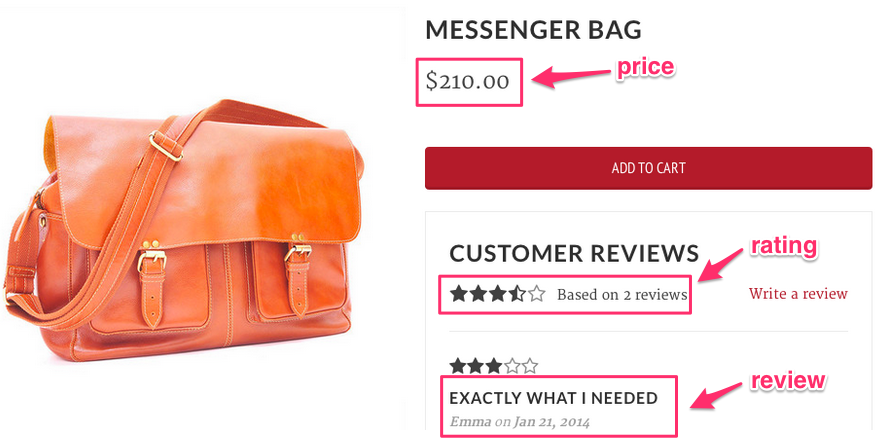
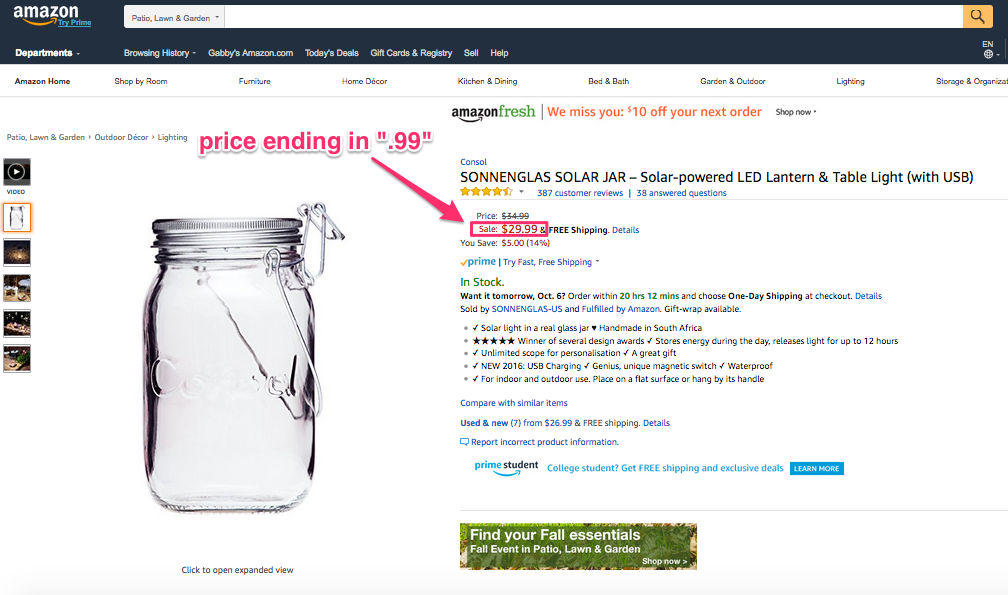


4 thoughts on “The Psychology of Competitive Pricing for Ecommerce”
Great blog Michael.
Thank you Chris!
Pingback: Formula For A Profitable Ecommerce Business - Sellbrite
Can I translate your post into Vietnamese to discuss with my club? We are talking about competition in e-commerce. I will note your blog under my research.
Thank you !